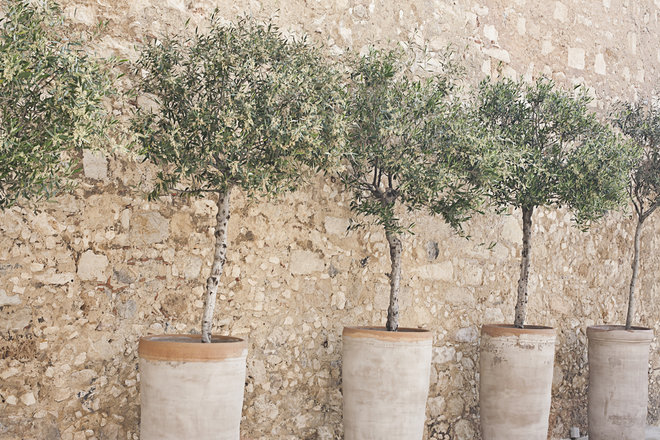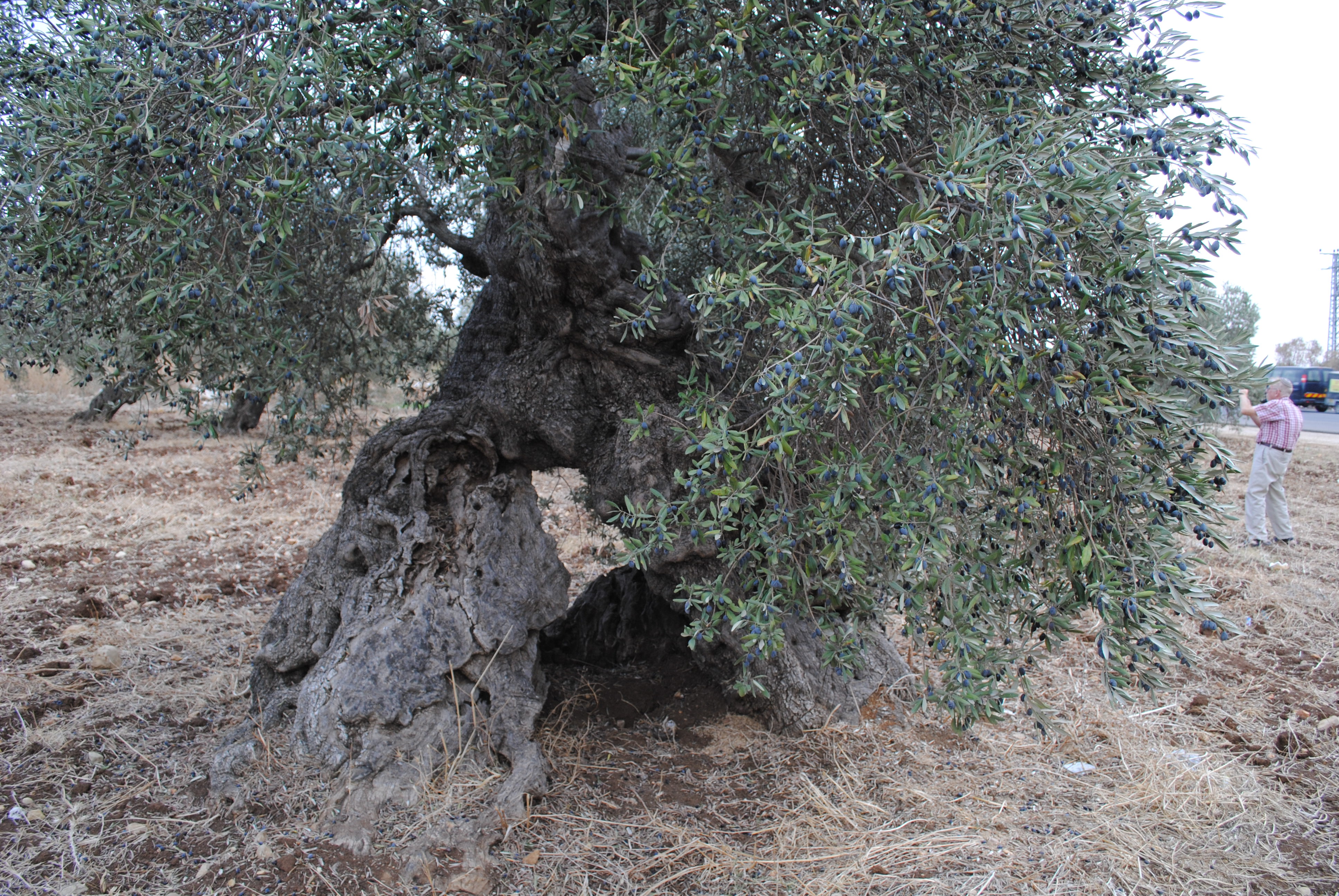Is there any fruit more evocative of the Mediterranean than an olive?
We don’t know exactly where the first wild olive trees grew (though we know you can grow an olive tree in your living room), although it’s speculated that they first appeared in Syria, Lebanon, or possibly Jordan. It’s known that people began cultivating the olive tree about 7000 years ago. Olive pits have been discovered found in ancient tombs around the Levant, as well as fossilized olive wood fragments.

The desire to exploit the noble olive spread westward, such that from the Middle East, cultivation spread to Spain, Portugal, Italy, France and sub-Saharan Africa. And now we find Kurdish roots for the olive tree as well. Fossil evidence shows that olive trees grew in what’s now Italy and the eastern Mediterranean Basin 20 to 40 million years ago. Although the olive is now grown in California, Argentina, and other regions with the correct conditions of mild, rainy winters and hot summers, 95% of the world’s olives still come from the Mediterranean – though some of it is fake, watch out.
Ancient people soon learned to press oil out of the olive and use it for lighting. It took some good millennia to understand that the bitter olive could be tamed and made edible by leaching out its natural harshness, and fermenting it in salt.

Dreamy, ancient olive trees.
There are pleasant legends about how this was discovered. One story relates that a Greek (or Italian, or Lebanese) fisherman stowed a bag of olives in his boat and forgot about them as he went about his daily business, letting sea water slosh in and out of the bag for weeks. When he finally decided to open the bag and inspect the contents, the delicious smell of ready-to-eat olives tempted him to eat… and that’s how humans learned what a delicacy we’d been missing. Who knows, eh? It’s a nice thing to think of.
Olive oil has long been considered sacred. The purity of olive oil, and the clear, soft light it casts, and its inoffensive odor when burned, has made it a natural choice for religious rituals since ancient times, and indeed until today.
In Judaism olive oil was infused with aromatic herbs according to a specific formula, and used to anoint the High Priest at the Temple in Jerusalem, prophets, and some kings. The “eternal light” in the Temple was naturally fueled by olive oil. Plain olive oil is still preferred for lighting Hannukah and Shabbat candles in Jewish homes. The olive is one of Israel’s “Seven Species,” fruits and grains native to the region and which have Biblical connection.
The custom of anointing a monarch at coronation was preserved by the Church and is used till this day.
Ancient Greeks also anointed kings with olive oil. The lamps that illuminated ancient shrines burned olive oil. Olive twigs were twined into wreaths crowning winners in athletic games, victorious warriors returning home, and distinguished citizens of any stripe.
Before the craft of making soap became known, olive oil was used in personal hygiene. The Greeks would smear themselves with it and scrape it off with a curved instrument called the strigil, thus carrying off dirt and sweat. Whoever could afford to then went off to the public baths and steamed themselves.
The silvery-green olive leaf is still a symbol of abundance, hope, and peace. Remember the Biblical story of Noah’s dove returning from land with an olive twig in its beak? The sign that the Flood had abated must have been a huge relief to Noah’s family – and the animals living close to each other in the dark lower levels of the Ark (to view a modern reproduction of Noah’s Ark, click here). Today, the phrase “offering an olive branch” indicates reconciliation and the hand of friendship.
In Islam, olive oil is eaten as a pleasing obedience to the Prophet Muhammad’s injunction to “Eat the oil of the olive, for it is a blessed fruit.” The Prophet also said, “Every kind of olive oil is for you; anoint yourself with it.” Legend says that the Prophet was so devoted to the oil that his very shawl was soaked in it.
Olive trees can live for centuries; even millennia. Those ancient trees’ trunks split over the centuries, but still produce a harvest of fruit every year. Some of them are known in France, Italy and Lebanon.
I have seen enormous ancient olive trees in the north of Israel as well. It’s awesome – in the original sense of the word – to contemplate those very old trees and think of the original farmers who put the saplings in the soil 2000 years ago or more. They may have hoped that their descendants would continue caring for the trees and harvesting the fruit, but could they have imagined that unknown people would cultivate their orchards countless years later?

The Druze communities in Israel and Syria (watch me make freekeh with the Druze) also hold the olive and its oil as quasi-sacred. A Druze woman told me this story about the olive and King Solomon:
Solomon was known to speak the language of every living creature, even the trees. When he died, all the trees shed their leaves in mourning, except for one – the olive.
“See how we show our grief to the world,” the trees said to the olive in reproach. “Do you too shed your leaves, to honor the memory of Solomon.”
“I keep my grief for Solomon’s passing in my heart, and have no need to show it,” the olive replied. “I will live longer than you, and even longer than Solomon himself, and in his honor I will bear good fruit as long as I live.”

